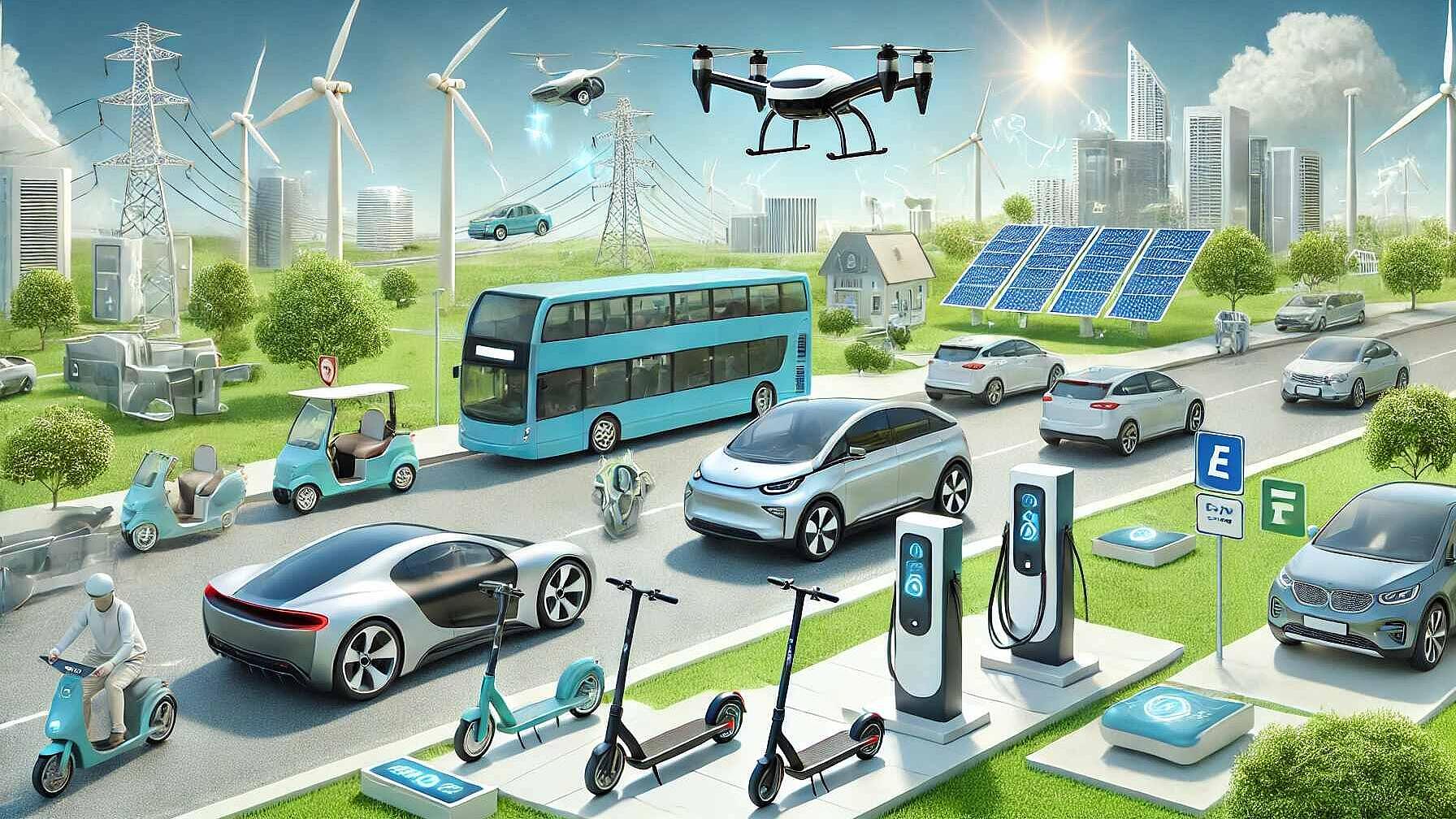 Search Result
Search ResultActuators: Solenoid beats Pneumatics
Case study highlighting the cost benefits of electromagnetic actuators versus pneumatic systems. This covers investment costs as well as energy costs over life time, hence a full TCO (total cost of ownership) approach. The case study is based on a real example from Kendrion.
Read Full Business PracticePlans are nothing, planning is everything
In an earlier blog I referred to leadership as the missing element in the drive towards net zero. Now we are seeing leadership on the issue emerging, both nationally – in some countries a lot more…
Read Full articleOptimizing Electrical Motor Efficiency: Get More Bang for Your Buck
First published here . Electrical motors are devices that convert electrical energy into mechanical force. They operate on the principles of electromagnetism, using the interaction between winding…
Read Full articleStainless Steel Magnetic Drive Pump
Factsheet of a pump designed especially for chemcial processes. Depending on the pumped medium, it can handle fluids containing solids in concentrations up to 30% with a particle size up to 1mm. Design and high energy efficiency results in low TCO. Key product from CP Pump Systems
Read Full Business PracticeTransitioning industrial zones into hubs for circularity
University of Twente’s Sustainable Circular Economy research team, led by Devrim Murat Yazan is spearheading the innovative Horizon-Europe Innovation Action project, entitled ‘ Sustainable Circular…
Read Full articleMotors: what does Super Premium Efficiency mean, comparison of MPM-IE2-IE4
What does Super Premium Efficiency mean and what are advantages of MPM motors? Merkes provides an overview of relevant aspects of economic (energy efficiency) and technical nature (motor weight, efficiency factor). And is also reflecting on topics such as the supply stability of rare earth materials or the relevance of electricity prices on motor replacement decisions.
Read Full Business PracticeOverview of main actors in the e-mobility ecosystem
The transport sector still accounts for a quarter of EU carbon emissions, mainly coming from road transport. Direct electrification is playing a leading role in decarbonising the sector with electric…
Read Full articleCase Study: benefits of automated root cause analysis in production processes
A case study describing the benefits of using automated root cause analysis combined with advanced data retrievel techniques in the pharmaceutical industry. From generating strong signals out of small data sets up to the validation via DoE. Benefits range from process improvements and energy savings to reduced waste product.
Read Full Business PracticeBehind-the-Meter Energy Storage Systems
This paper explores renewables-linked behind-the-meter energy storage systems. It explores applications which can be performed with such systems, including the business model behind such applications and the duty cycle requirements of such applications. It also explores siting and technology choices, including battery types, inverter classifications and other purchasing and installation…
Read Full Business PracticeDirty Truth about Heat Exchangers
In this article, Matt Gutschow, co-founder of HeatCalc, provides some insights into the topic of heat exchanger fouling. What is fouling? What are the effects and what are solutions to prevent or at least control fouling in energy recovery projects using heat exchangers. Matt built his insights on the basis of hundreds of heat recovery projects in industry he has investigated over previous years.
Read Full Business Practice

